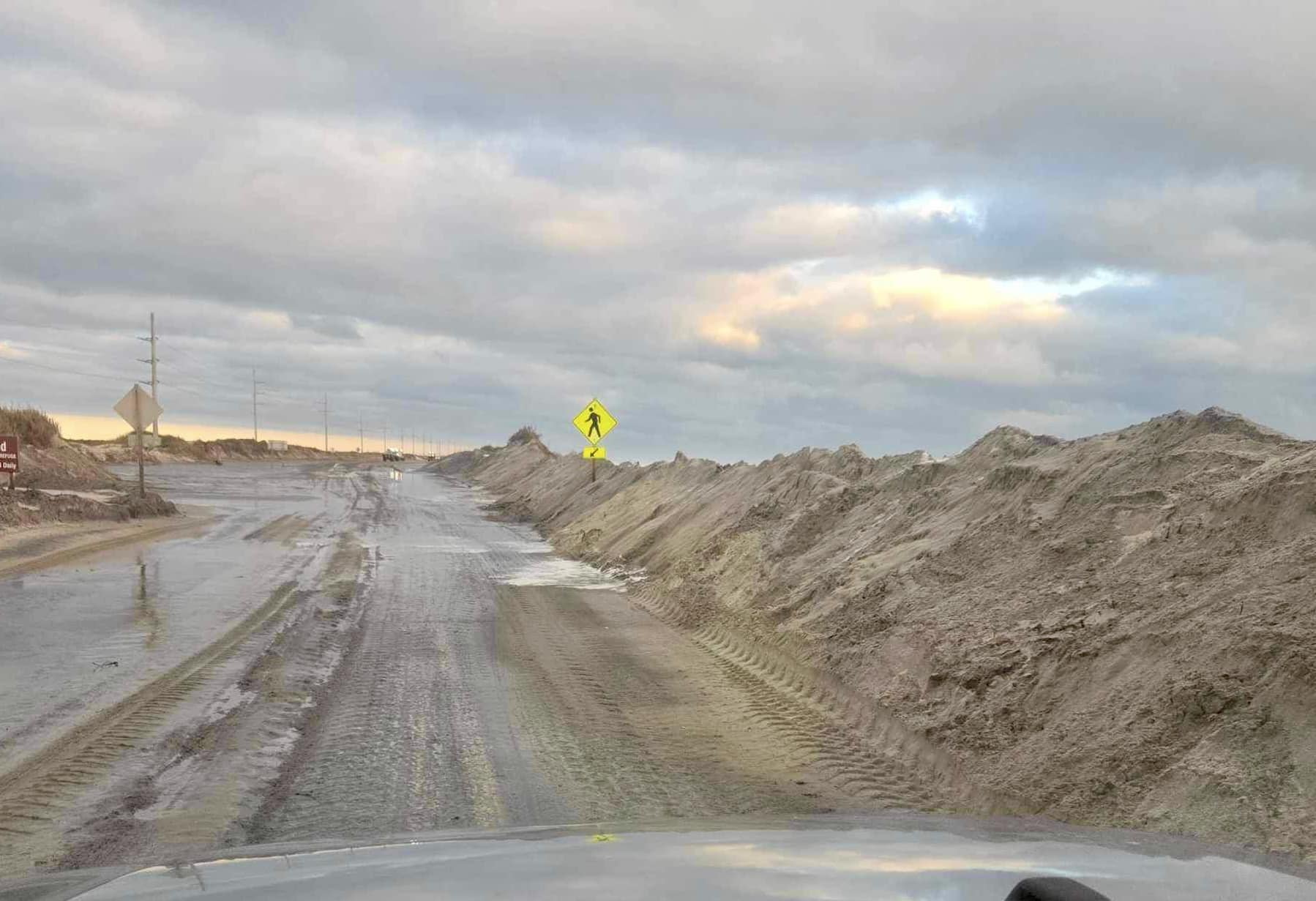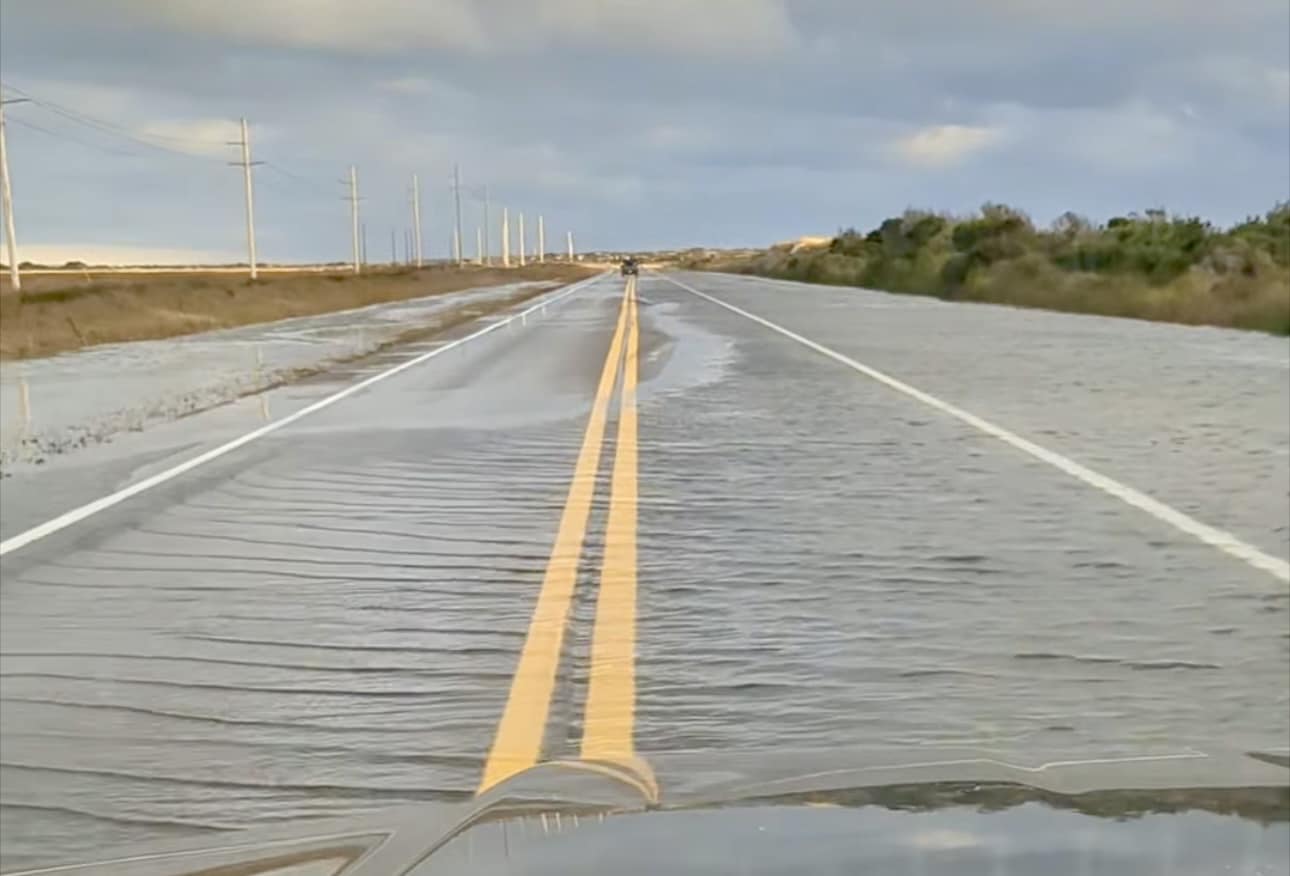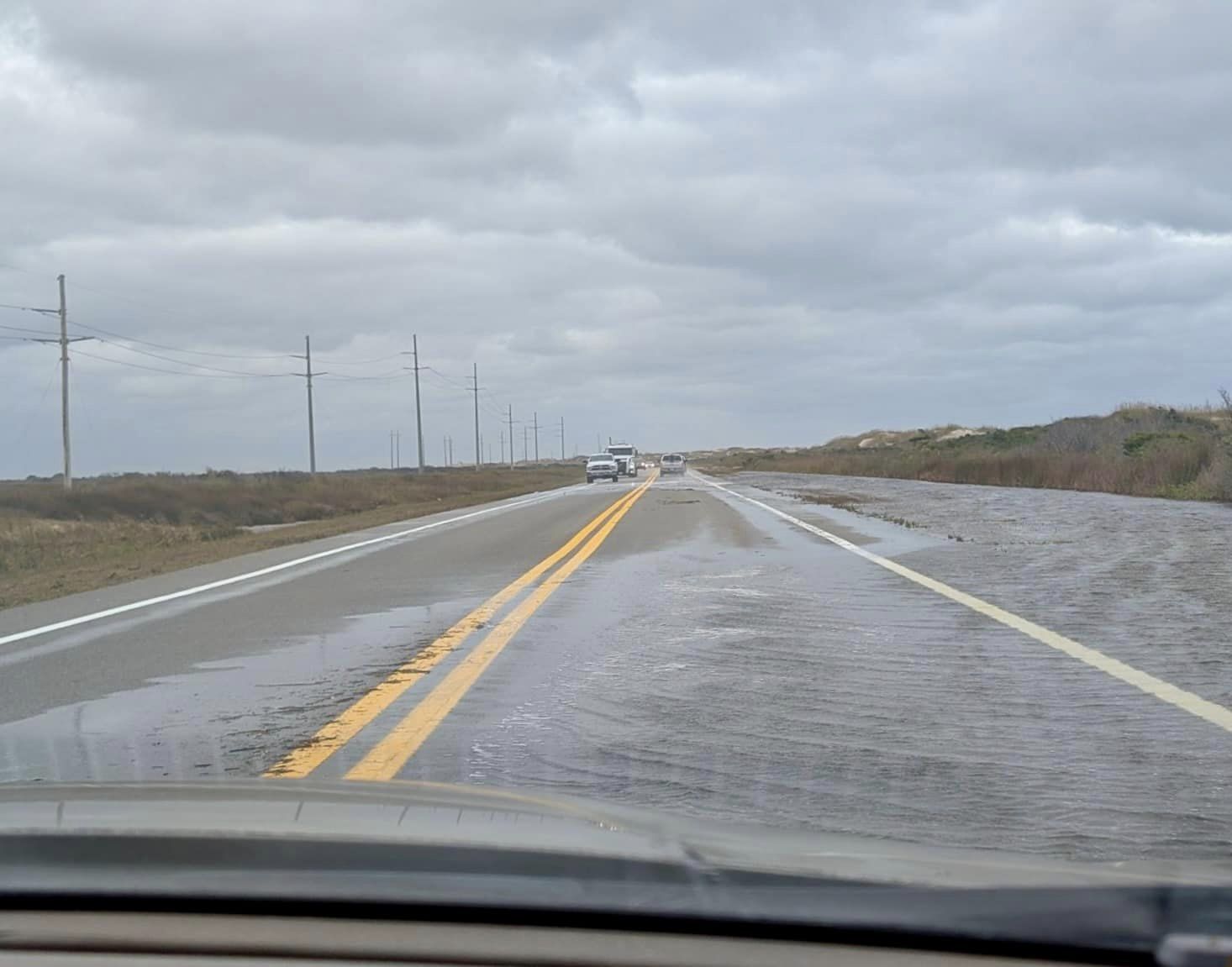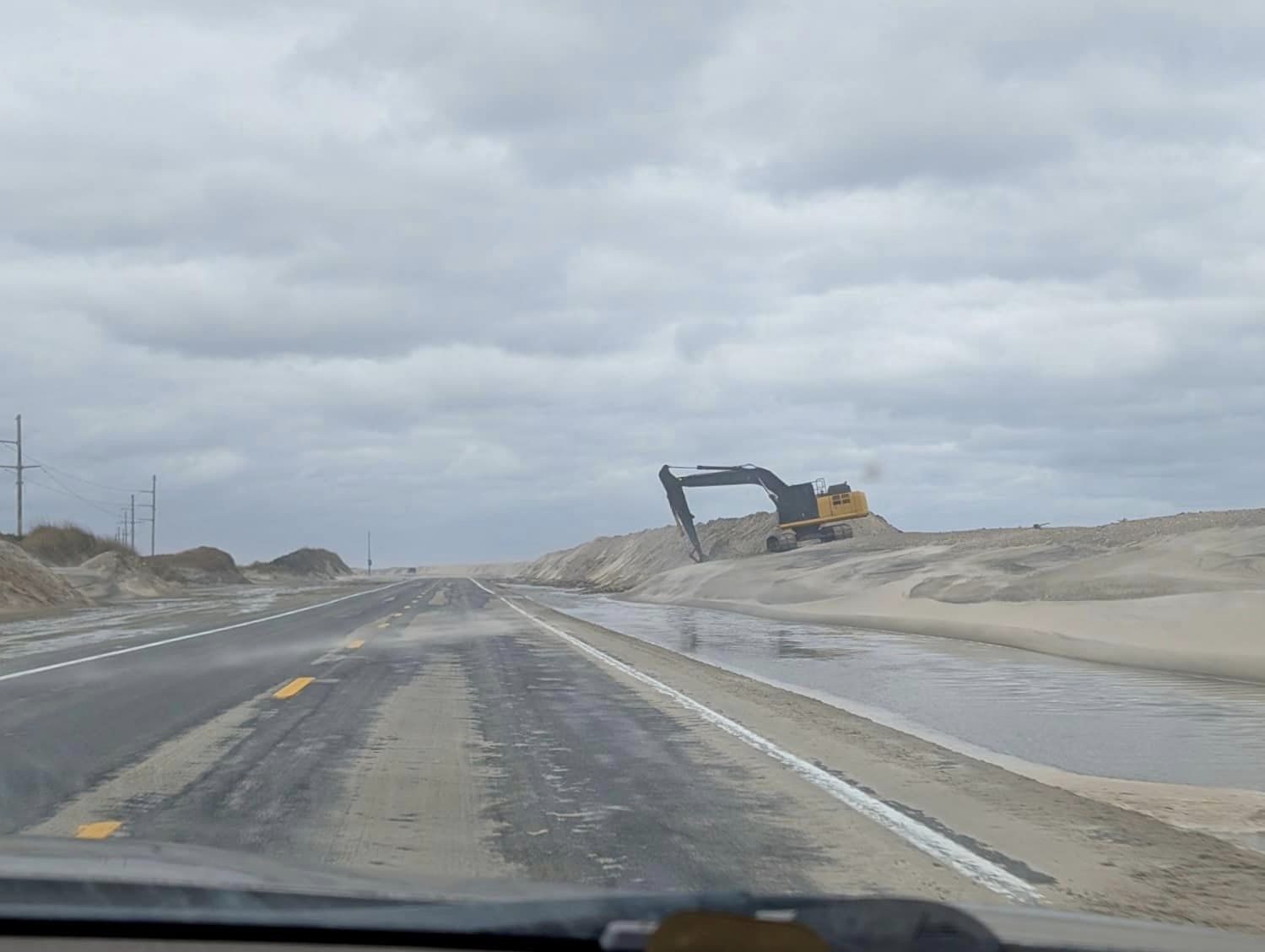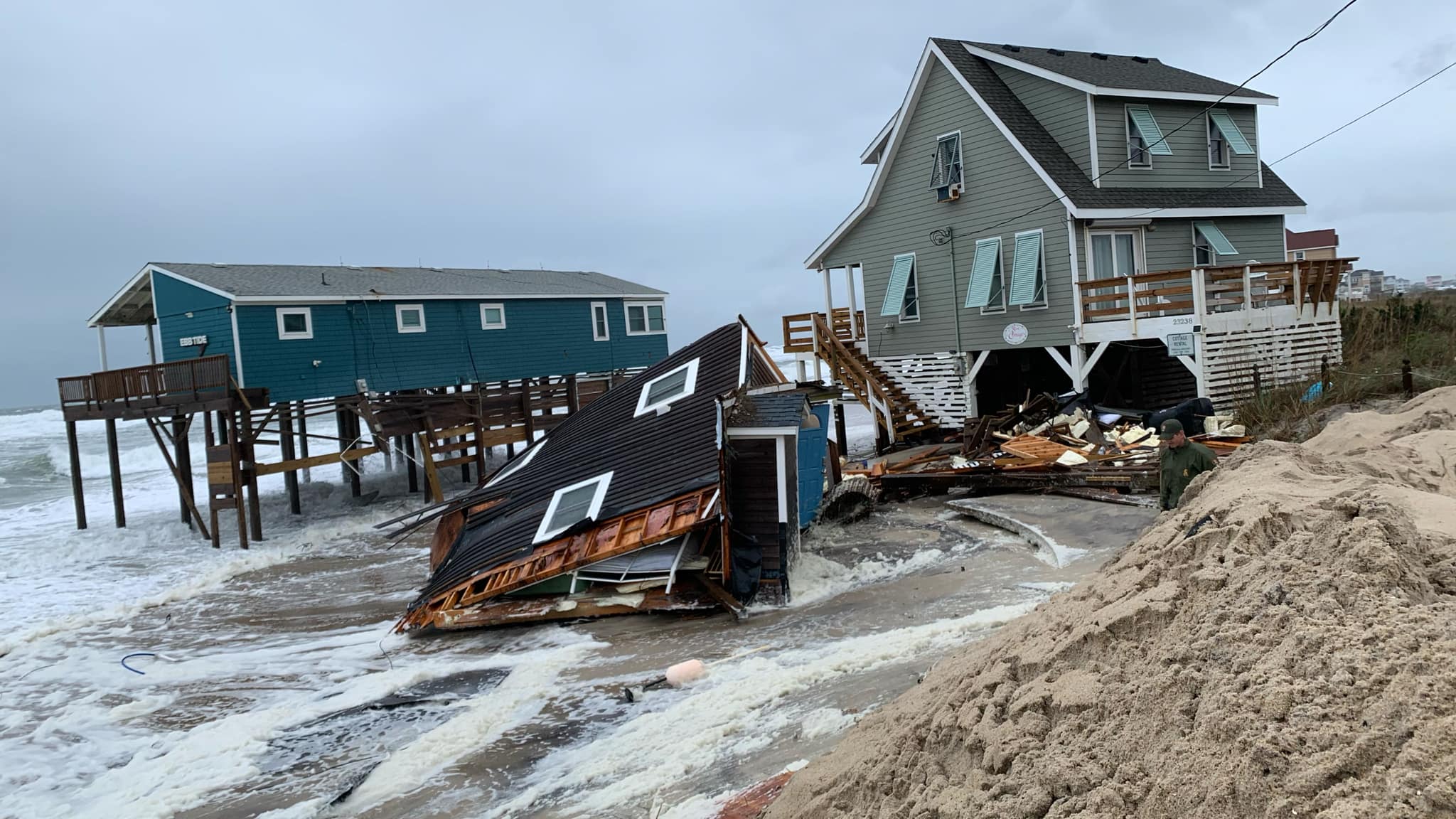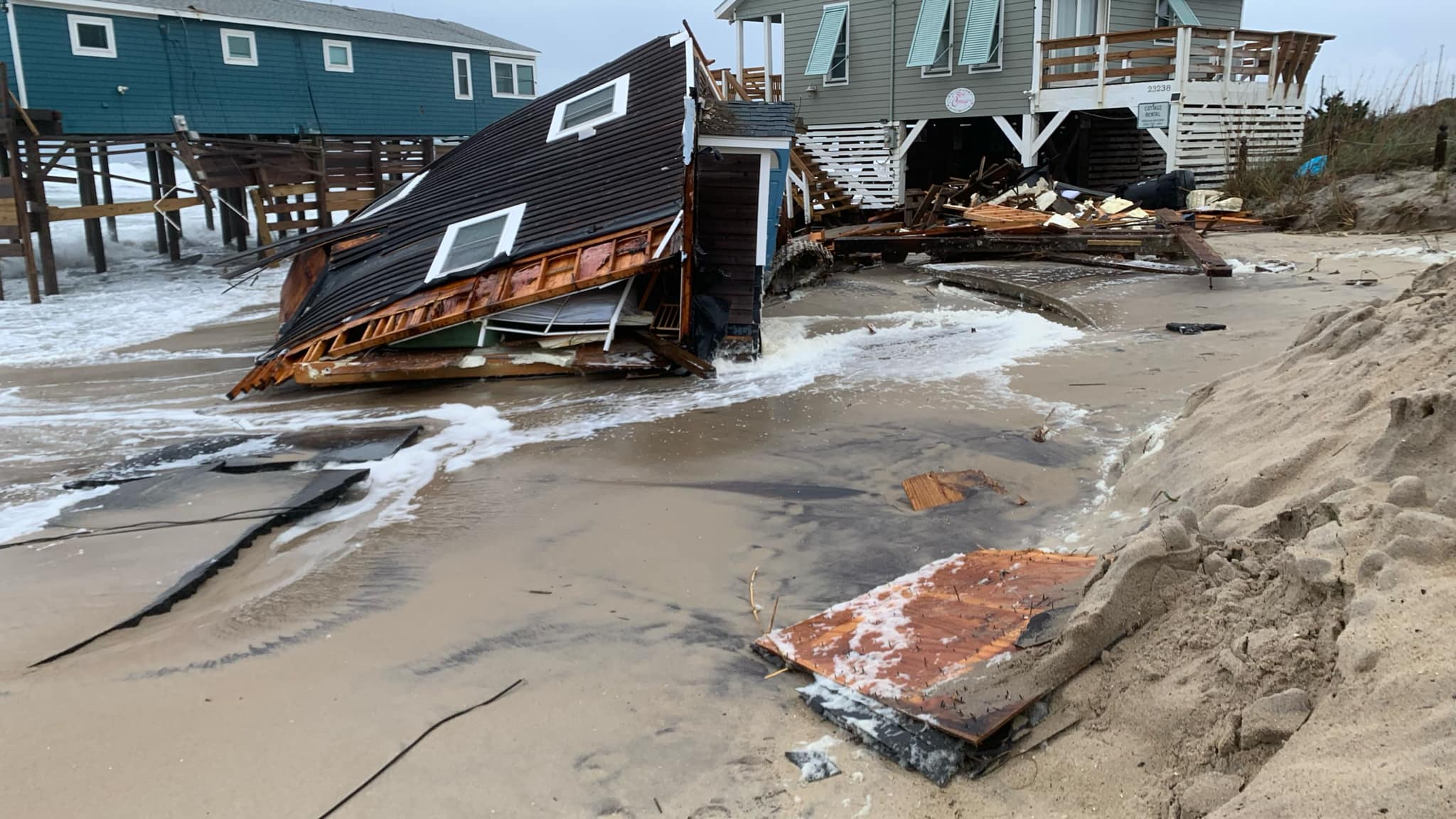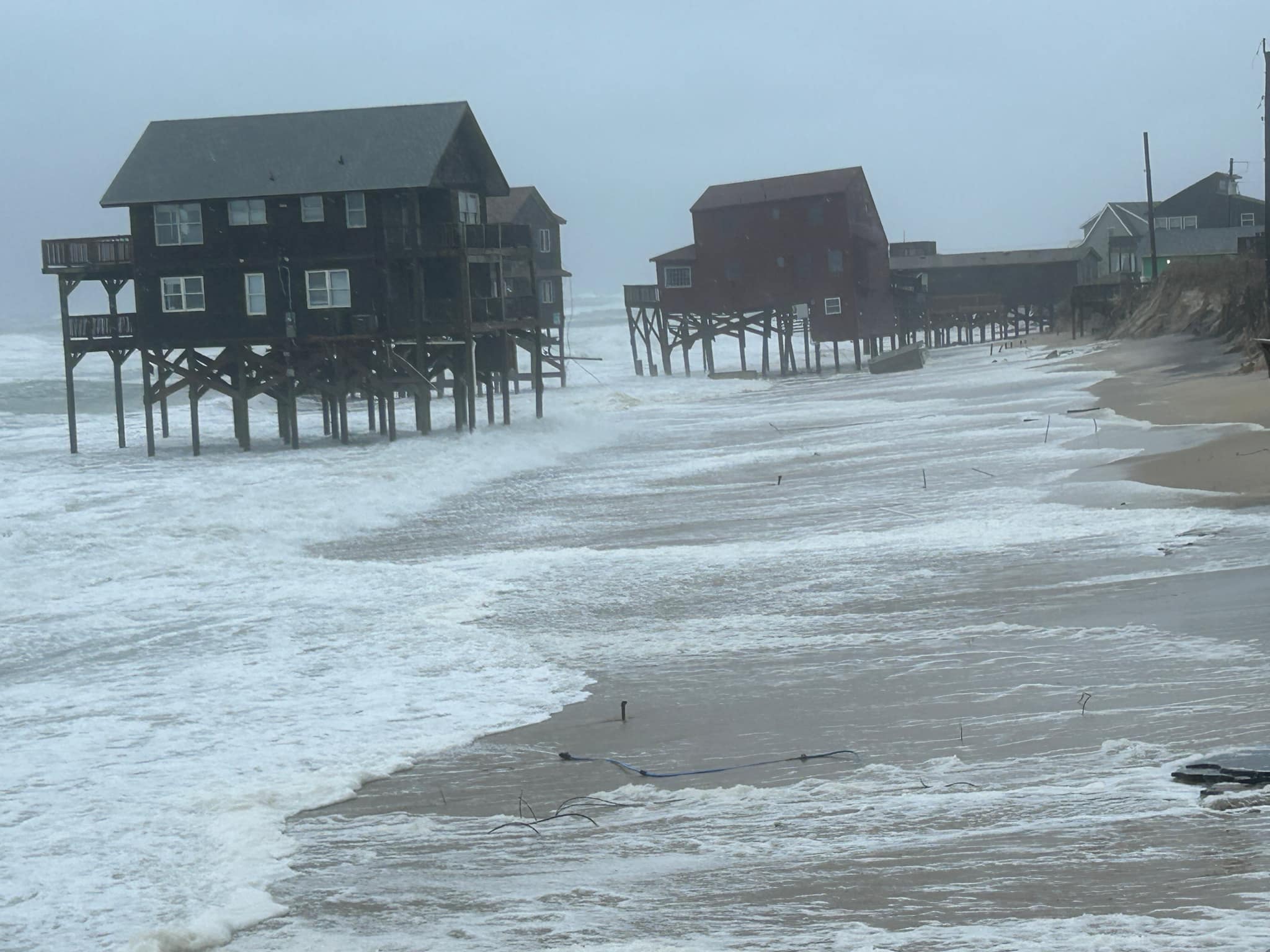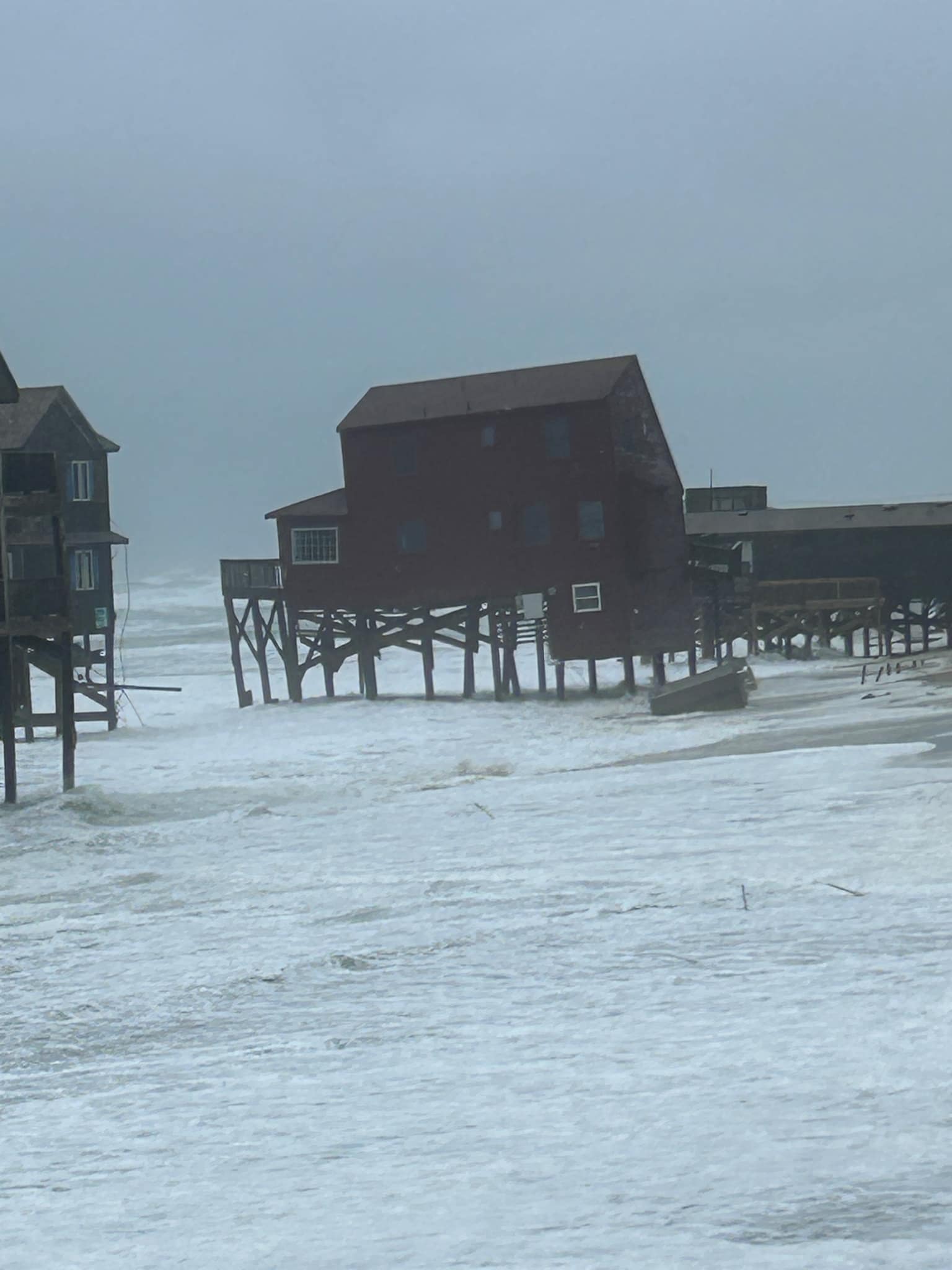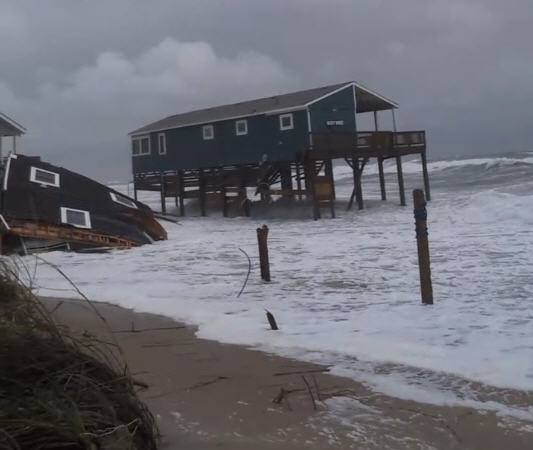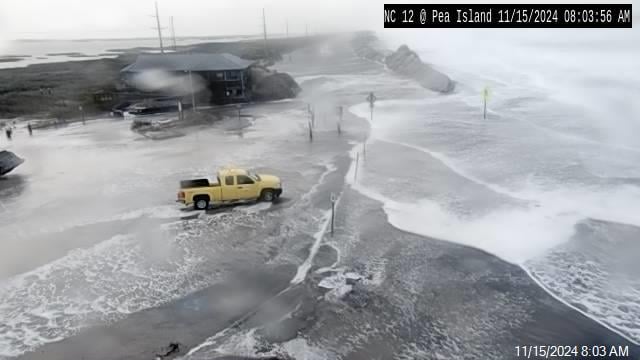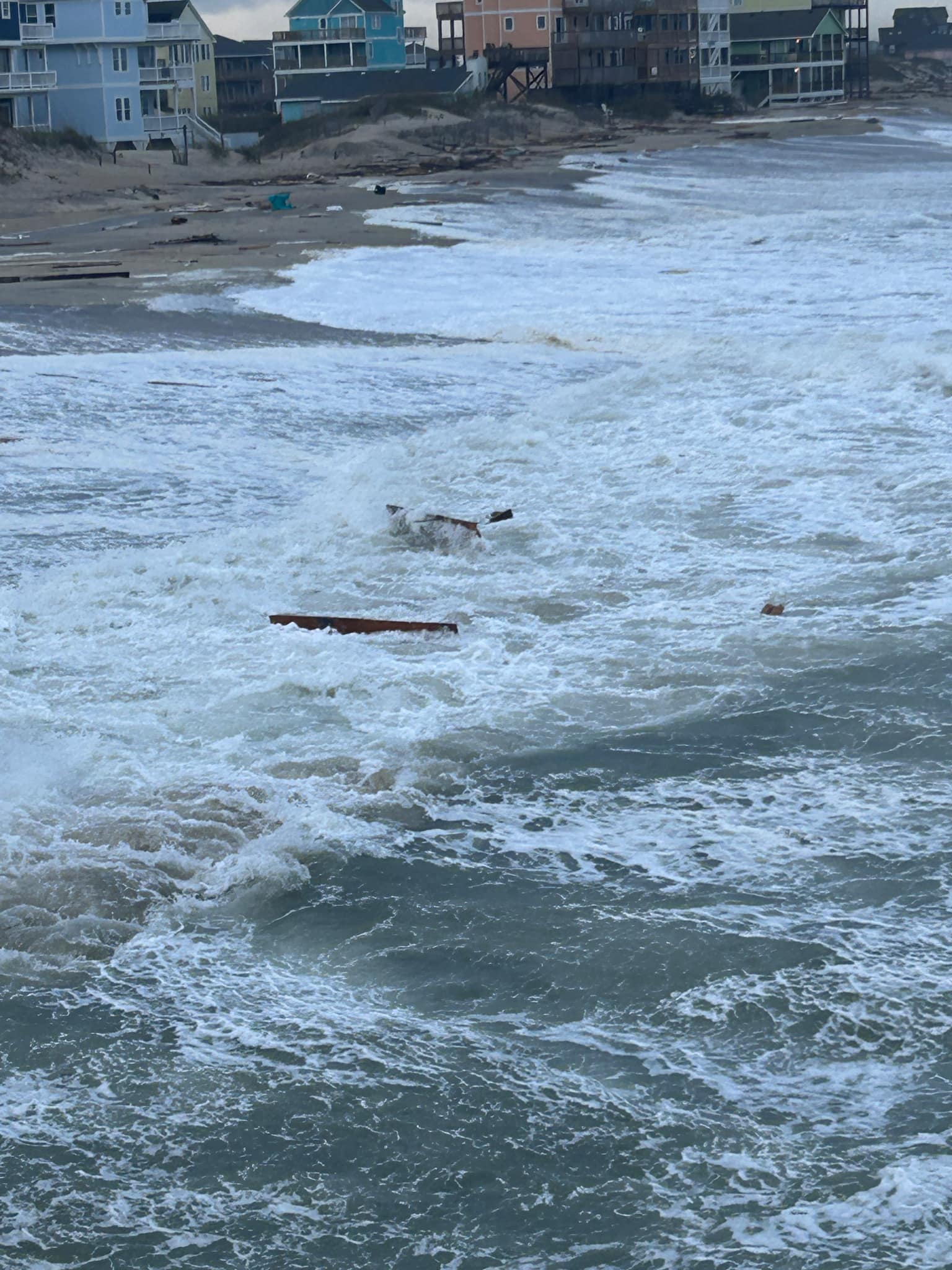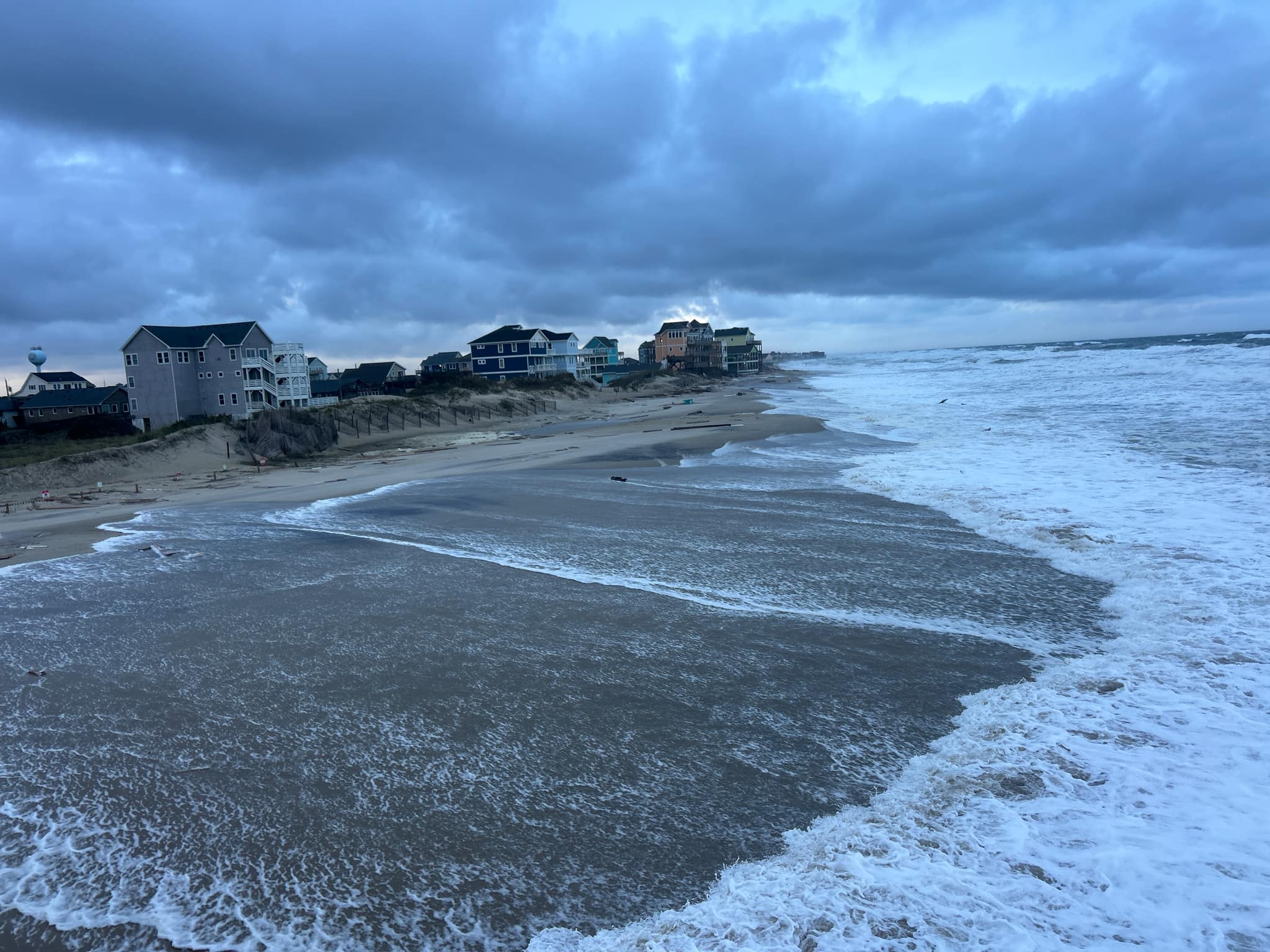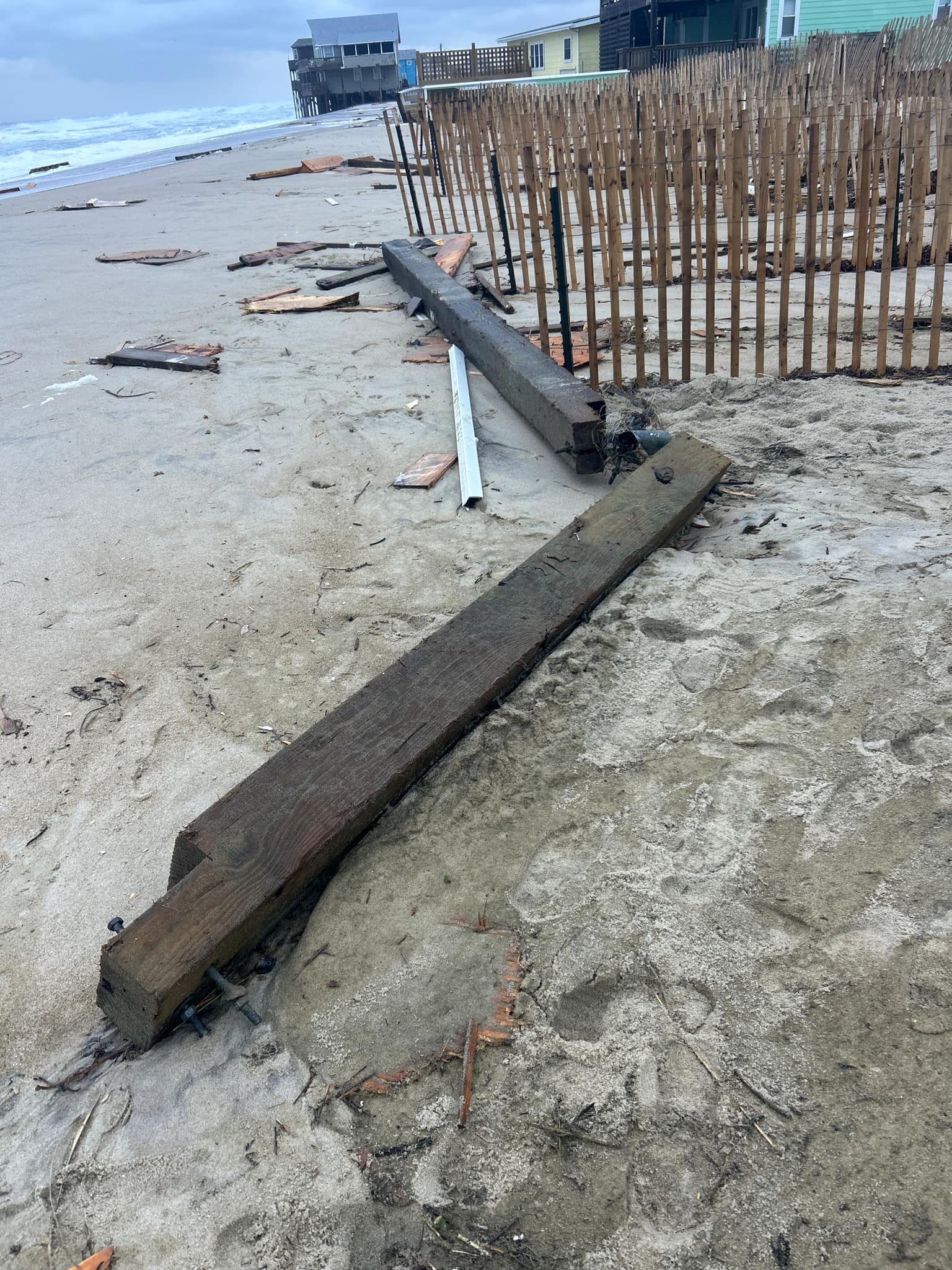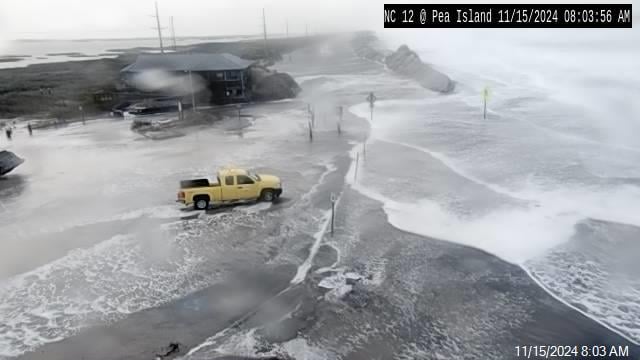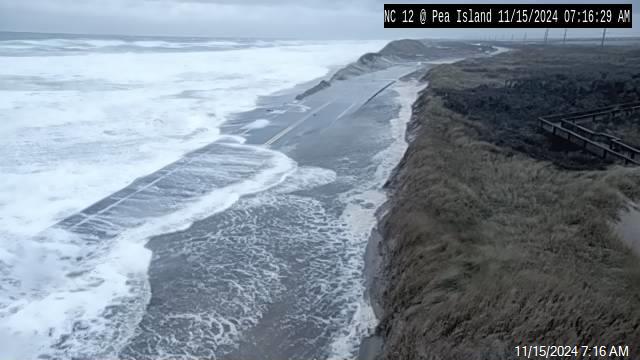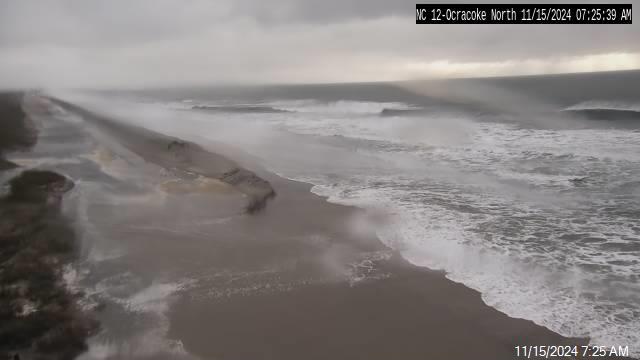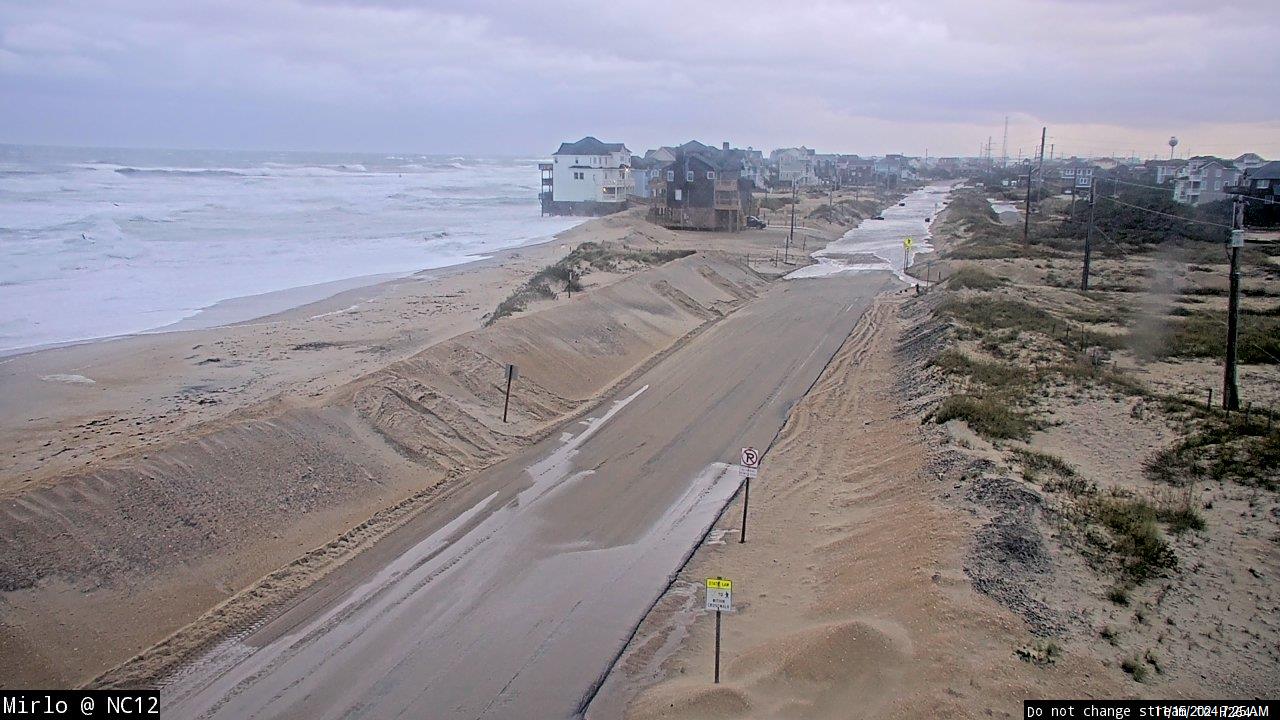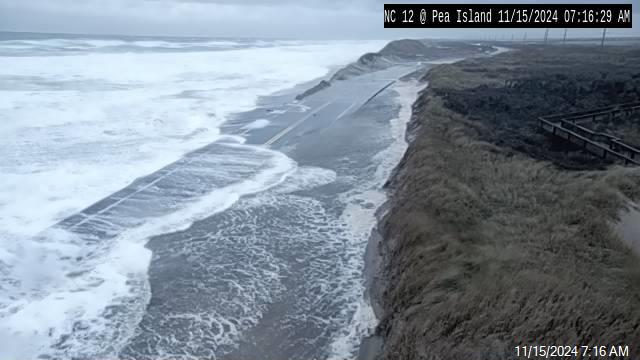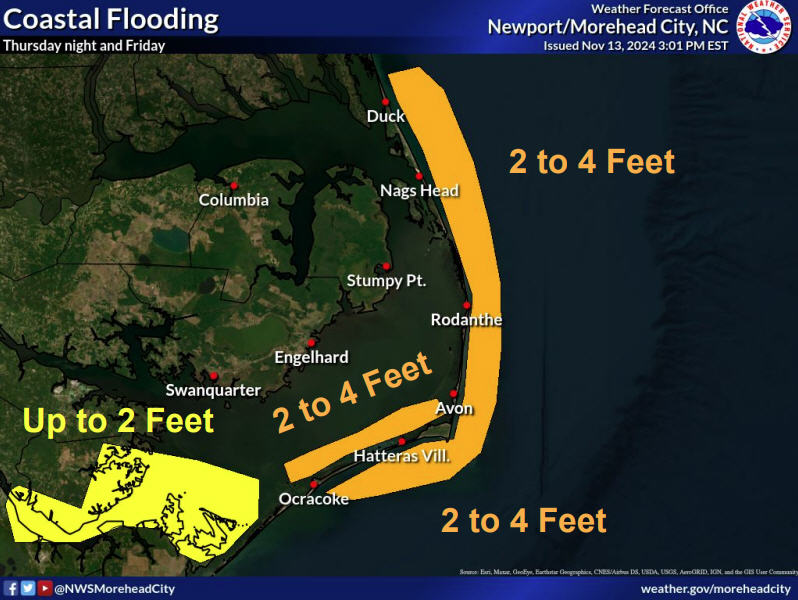Hurricane Igor will be way offshore but will cause dangerous rip currents
Hurricane Igor will pass far offshore over the weekend, but will cause dangerous rip currents on the Cape Hatteras National Seashore.
Igor had been a strong Category 4 hurricane with winds of 145 mph. This afternoon, it is a Category 3 with winds of 120 mph, but it’s still a storm to be reckoned with.
It’s taking aim at Bermuda and will pass hundreds of miles east of Hatteras and Ocracoke islands, but we will still feel the effects with an elevated rip current risk, small craft advisories for the large swells, and, perhaps, some beach erosion.
The large waves that Igor is pushing ahead of it began reaching the seashore yesterday and will continue over the weekend and into early next week, perhaps peaking Sunday and Sunday night at 10 to 13 feet in the coastal waters.
These large southeast swells, with a period of up to 13 to 16 seconds between them, will keep the rip current risk at a high level at least through the weekend, according to the National Weather Service’s local office in Newport, N.C.
Rip currents occur most frequently a few hours before and after low tide, which was about 9:30 a.m. today and will be about 10:30 a.m. tomorrow and 11:30 a.m. on Sunday.
The surf will pound North Carolina beaches into early next week, the Weather Service warns, and a high surf advisory is likely to be issued over the weekend and continue into early next week also. The big, long-period swells hitting the beaches also will bring a threat of erosion.
In addition, the Weather Service has issued small craft advisory for rough seas until Wednesday morning, and a marine weather statement that warns of dangerous conditions in area inlets, especially for small boats and especially on the outgoing tide.
You would think that this forecast of big swells would make wavesailors now on the island for the Hatteras Wave Jam and the surfers arriving for the Eastern National Surfing Association competition very happy.
But so far that has not happened. Conditions are apparently not great for either group.
Anne Bowers, windsurfer and Island Free Press writer, says that there hasn’t been enough wind to propel the sailors through the very large waves that started coming ashore yesterday. The result, she says, has been some “carnage.”
Wave Jam started Wednesday and continues through tomorrow. Bowers says the competition has been moved to Ramp 30 between Salvo and Avon, where the wind is slightly higher.
For more on Wave Jam, go to http://76.12.58.121/projects/wavefest/
Surfers are parking their vehicles all along Highway 12 to check out the conditions, but Gary McHatton at Natural Art Surf Shop says that they, too, have been disappointed so far.
“The surf is really big, doubling up, and closing,” McHatton said earlier today.
If you aren’t a surfer that means, he said, that there’s “not much of a wave to ride” and too much “white water.”
“It’s just not providing much surf, but I guess a lot of people are going out and hoping,” he said.
The annual Eastern National Surfing Association competition begins Sunday at the Lighthouse Beach in Buxton. It runs through Saturday, Sept. 25. For more information go to http://www.surfesa.org/
FOR MORE INFORMATION ON RIP CURRENTS
Rough surf conditions routinely produce life-threatening rip currents capable of overtaking even the strongest swimmers and surfers. The National Park Service offers the following information and tips to help Outer Banks visitors avoid this potentially deadly ocean hazard.
Rip currents are channels of water that develop in an opening in a sand bar. Though relatively narrow near the beach, rip currents can increase to over 50 yards in width as they extend up to 1000 feet offshore. The velocity of the water can be as high as 5 mph.
Rip currents can be identified before entering the water. Look for an area of murky water due to sediment mixing as the channel opened in the sandbar. If the rip current has lasted a long time, the color of the water will appear darker than the surrounding water because of the channel carved by the flowing water. Rip currents will also move objects and/or foam steadily seaward and will cause a break in the incoming wave pattern.
The most common mistake of those caught in a rip current is to panic and attempt to swim directly back toward the shore. Even the best Olympic swimmers can not successfully swim towards the shore in the strongest rip currents. Rip currents can pull a swimmer away from the shore but not under the water.
Safety Tips
- Stay out of the water during dangerous surf conditions.
- Know how to swim. Non-swimmers should not rely on floats, such as boogie boards, while in deep water.
- Always swim near a lifeguard.
- Locate rip currents before entering the water.
- Tune in to NOAA weather radio and monitor websites (National Weather Service, Eastern Dare County, NC) and local media for updated surf conditions during your stay on the Outer Banks.
- Check with the lifeguards about rip currents and other hazardous conditions.
- Do not attempt to rescue someone caught in a rip current. Notify a lifeguard or, if there is no lifeguard, yell directions on how to escape, throw the victim something that floats, and call 911.
What to do if caught in a rip current
- Remain calm. Remember, it will not pull you under.
- Swim parallel to the shore until you break free, then swim diagonally toward the shore.
- If you cannot swim out of the current, float until it weakens, then swim diagonally toward the shore.
- Summon help by waving your hands.
Local rip current forecast
You can keep up with the local forecast at http://www.erh.noaa.gov/er/mhx/ and you can check the daily rip current forecast at http://www.erh.noaa.gov/mhx/RipHazard.html.
For more information on rip currents, check the website at http://www.ripcurrents.noaa.gov.







